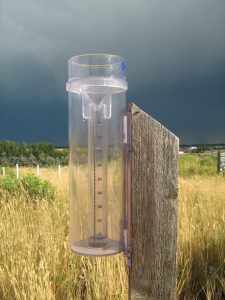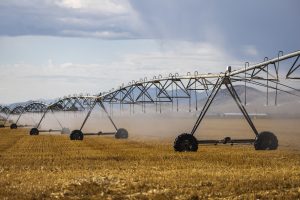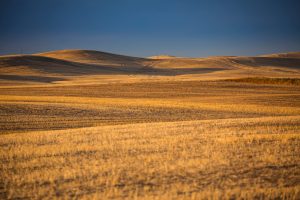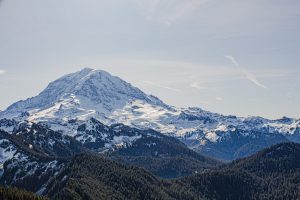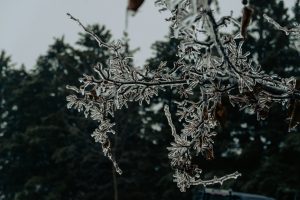Climate Matters: The CoCoRaHS Rain Gauge Network and a Tale of Two Hydrologic Extremes
On November 14-15, 2021, 4.67” of rain fell at Bellingham International Airport, setting a new record for that location. This storm brought with it the most devastating flood that Whatcom County has seen in decades.
Read moreClimate Matters: Water Year 2025 in Review
Water year 2025 is complete, and it’s time to take a look back and see how WA stacked up historically. The 2025 water year includes the 12 months from October 1, 2024 through September 30, 2025, as opposed to the usual calendar year.
Read moreAre Washington Summers Changing? A long-term look at Washington Precipitation Trends
If you have lived in Washington for long enough, you are probably well aware that our dry and sunny summers end predictably around October or early November when fall rains and cloud cover move in.
Read moreHas it seemed cold and snowy during February in recent years?
Some folks have been remarking on how often it has been cold and sometimes snowy in February during the past decade or so. In part this can probably be attributed to the just-completed February of 2025, which has been the snowiest month of the winter for much of the state, especially at lower elevations on both sides of the Cascade Mountains.
Read moreRain on Snow
This is the time of year when it’s not just the climate geeks who are following what’s happening with our mountain snowpack. A range of audiences from winter sports enthusiasts to water managers are interested.
Read moreSnow and Water Interactive Maps from the Natural Resources Conservation Service
As discussed above in this edition of our newsletter, the last week of February into March of 2024 featured some substantial snowfall in the mountains of Washington state. It has been heartening to watch the recent improvement in the snowpack – which can be thought of as out of the intensive care unit but not fully healed – and towards that end we have been making use of a relatively new application hosted by the Natural Resources Conservation Service (NRCS) of the U.S.
Read moreENSO’s Effects on Snow Water Equivalent over the Years
We trust that most everybody interested in the climate variability of Washington state is already aware that El Niño conditions are present in the tropical Pacific. At the very least, discussions of the prospects for the winter of 2023-24 during the last few months have generally included this element.
Read moreWinter Precipitation Variability in Washington State
The last few months have featured considerable fluctuations in precipitation across WA state relative to seasonal norms. While such fluctuations have certainly occurred in the past and will continue to be part of our climate, they serve as a good excuse for taking a quick look at some of the observed temporal and spatial variability in winter precipitation in WA state.
Read moreFreezing Rain in Washington State
Most everyone in the Puget Sound region on 23 December 2022 must have been impressed by the freezing rain that occurred that day. This event featured extremely slippery roadways and outside walkways; at least no one we have spoken with recalls a time when it was more treacherous to get around.
Read moreTiming of Seasonal Changes in the Weather of Washington State
This corner of our newsletter has recently concerned the seasonality of weather events in Washington state, and we continue in a similar vein in the present edition. More specifically, we consider average changes in temperature and mean precipitation on a daily time scale over the course of the year for selected locations in Washington.
Read more